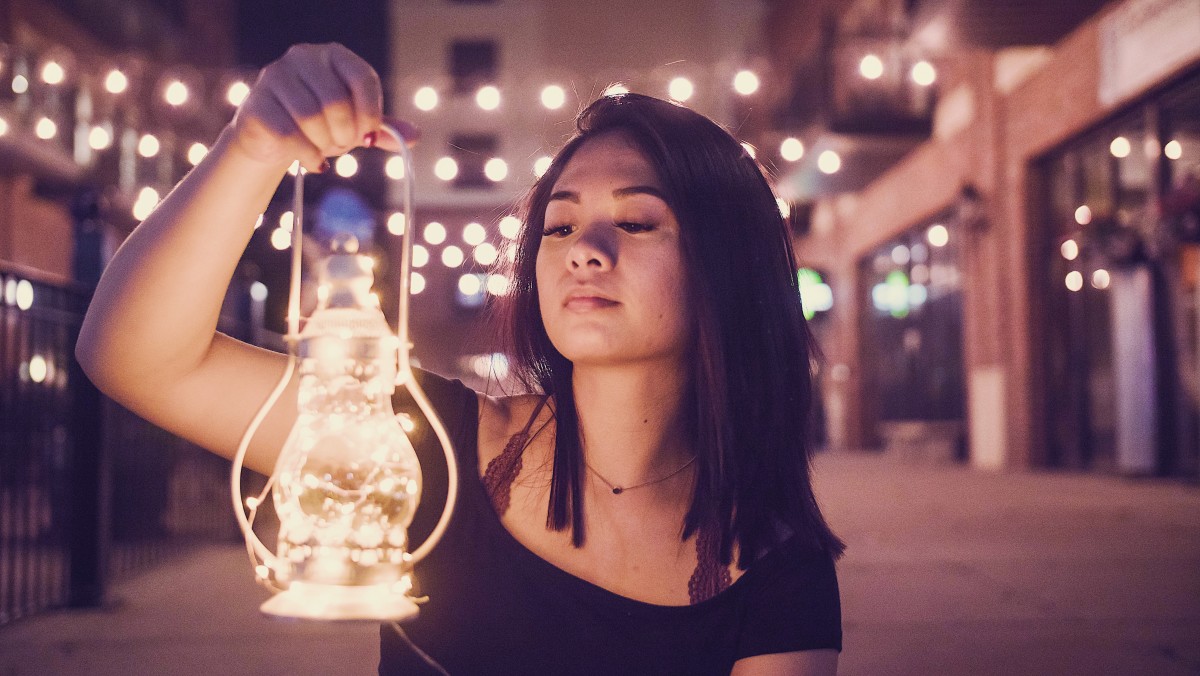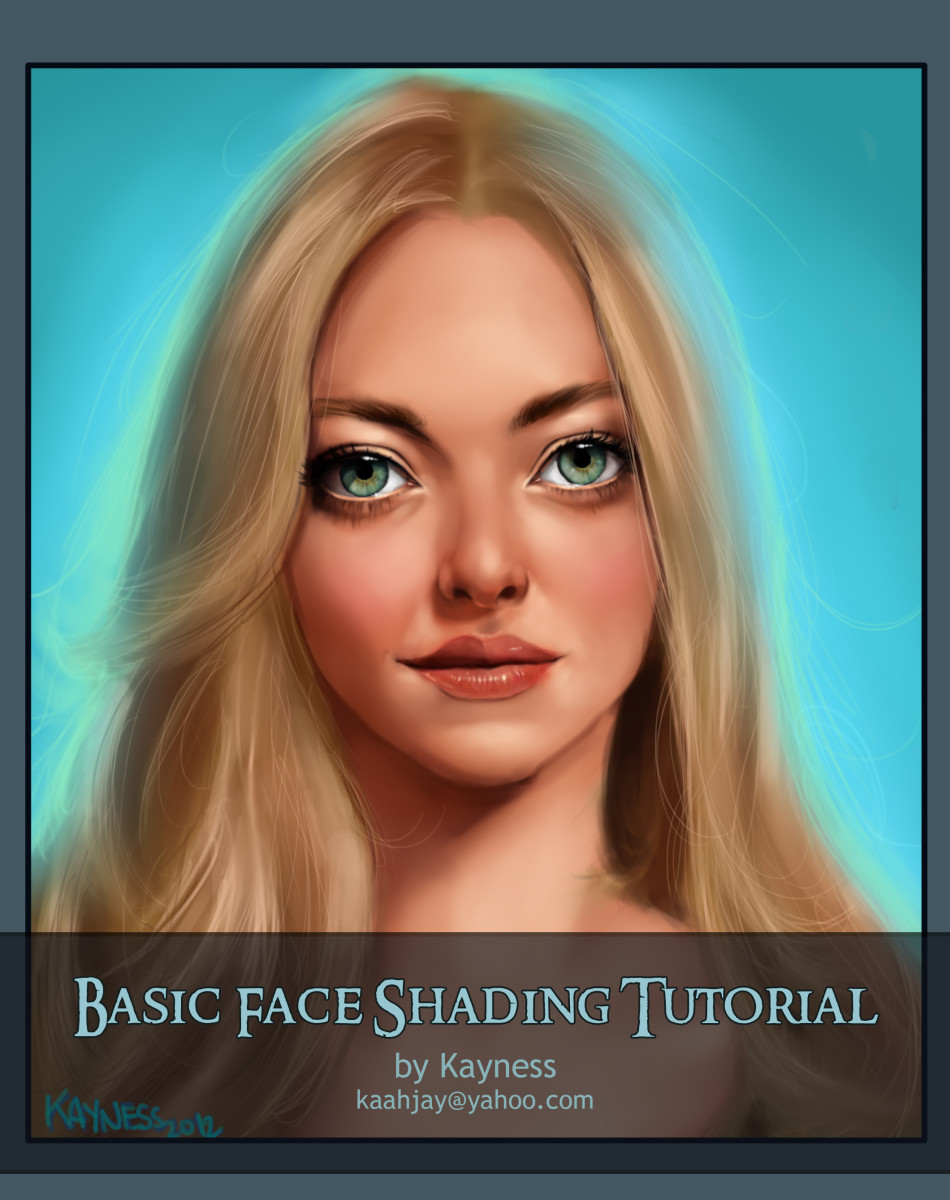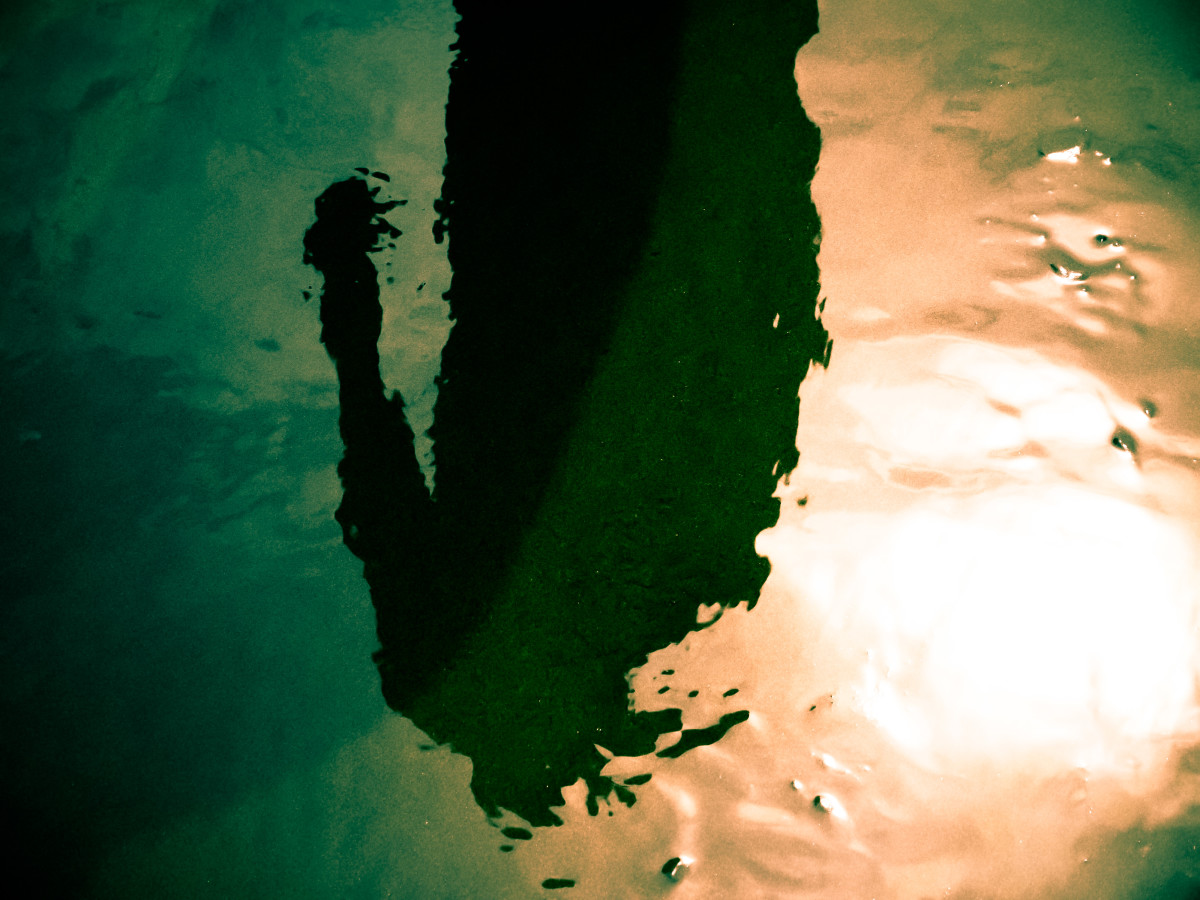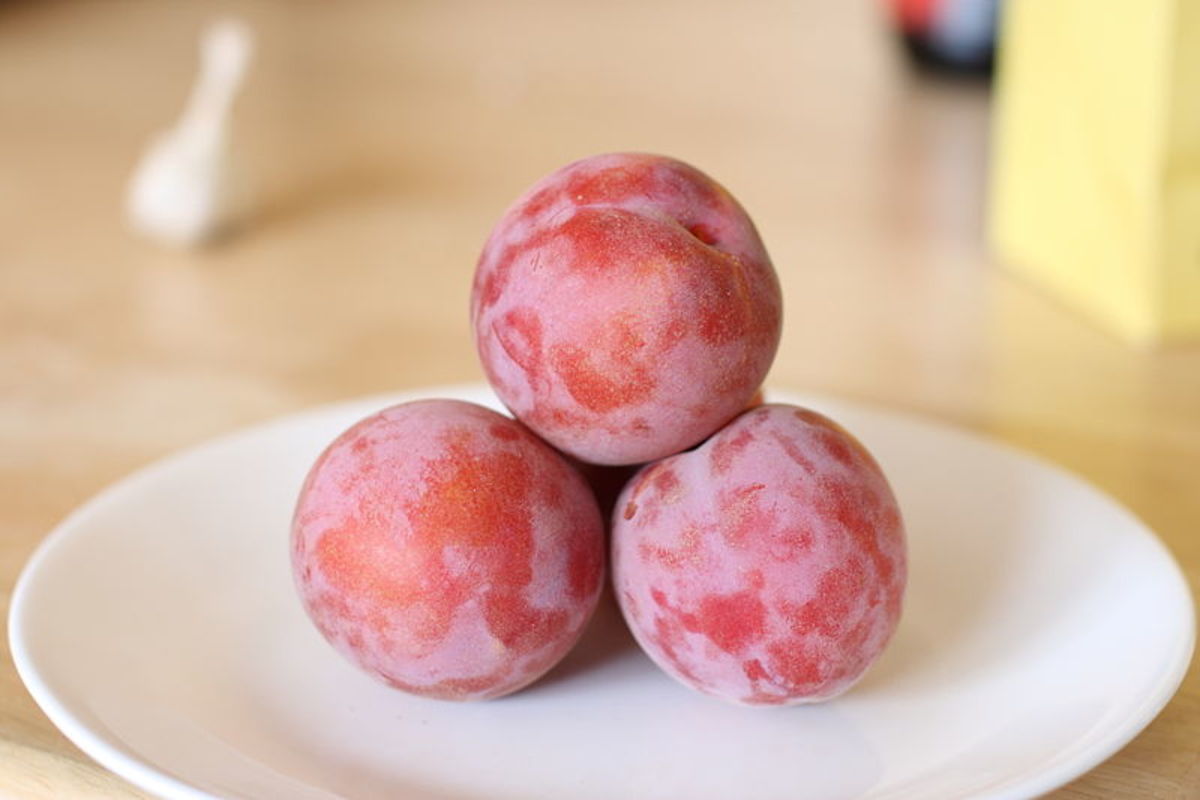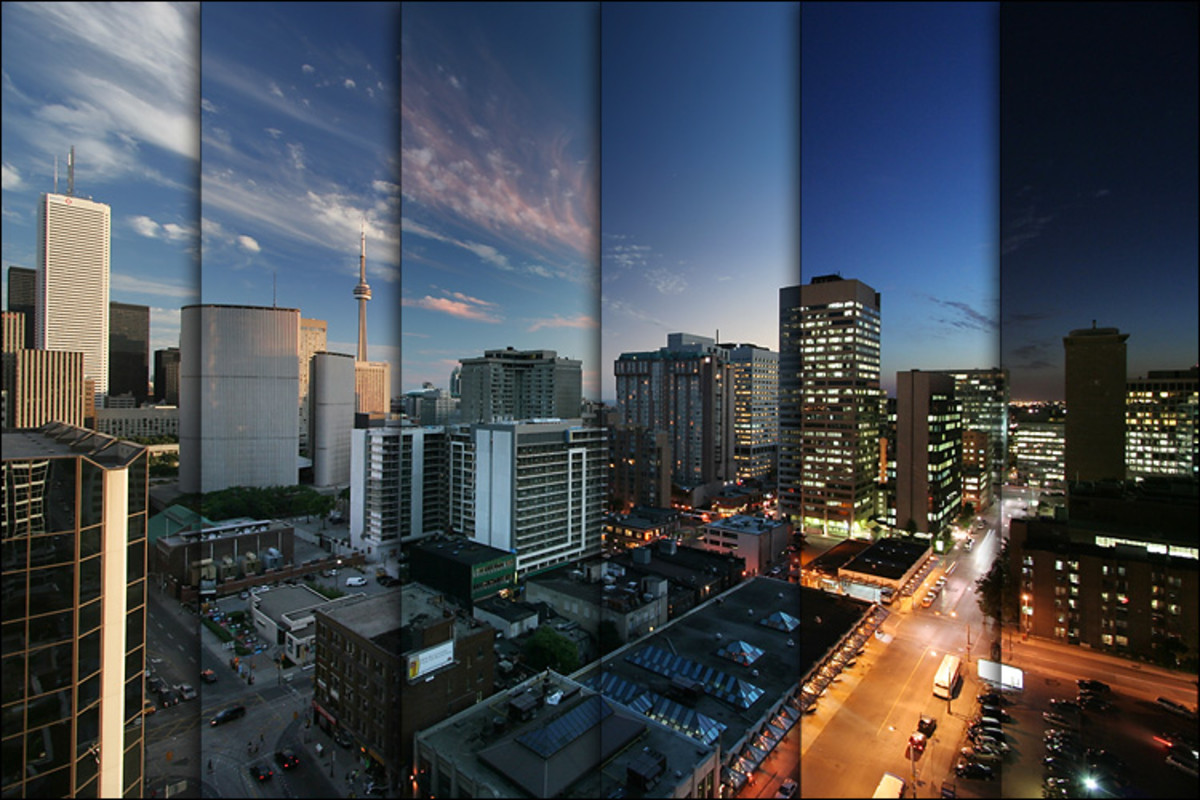Photography Project - Fruit Slices
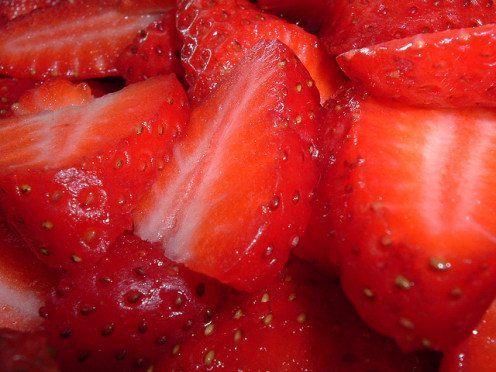
Food photography is known for bringing to life through photographs images of food items that seem so luxurious, so appetizing and so delectable that it makes you run out and get one. Off course most of the time what you actually get does not seem quite like what you saw in the photos.
That's the job of a talented crew of food artists which includes the photographer. Some of the best subjects to render in photos are fruits, but fruit slices show up even better in photographs than the whole fruit itself since they often appear to glisten with the light and they ooze with their overflowing "juices".
Slices of fruit can be rendered to look even "fresher", even "tastier", even "juicier" and even better looking than if you had just sliced them up yourself. However with a few tricks you can make your fruit photography look just as good. Besides the fruits, and your photographic gear, you don't need more than some glistening material and a spray bottle.
You should place your fruit slices upon a black surface devoid of any light upon which you should use one single light source like a photographic snoot aimed directly at it, plus if you can, place a reflector opposite the light source. Ideally, both light sources should be placed at 45 degree angles to the subject you are going to be photographing.
The best lens to use is a zoom with a range of focusing distances and even better if the lens is macro capable. Besides this a tripod is not necessary but always comes in handy. Keep in mind that your zoom lens is more than capable for the project but if you are doing macros then you should have your camera sitting firmly on top of the tripod. Better yet is to use a electronic shutter release mechanism as well.
The idea behind using a black non glossy surface to rest your subjects is that the focus or the emphasis of your audience's attention falls on the subject and there are no other distracting elements to guide the eyes away.
Set your camera to record images up close since you want to show as much "juicy" detail as possible. Next take a spray bottle and fill it with a mixture of mineral oil, baby oil or glycerin and water. The idea is to lightly spray the mixture onto the surface of the slice just before you start recording its image. Water evaporates rather quickly under photo lights plus it is not as glossy just by itself, thus the oil/glycerin and so on.
Some tips to make the images better are to photograph them at eye level, placing various slices together, and mixing up different fruit slices; oranges, peaches, pears, kiwis, nectarines etc.
After you are done with your images and to make them jump out even more, enlarge them to about double their life sizes. Fruits surfaces have textures and other small details plus other elements, like seeds in a strawberry, which can be lost if the photographs are too small. Plus bigger sizes allow for people to use them in multiple decorating applications and for other uses as well.
You may want to considering shooting single slices, multiple slices of the same fruit, multiple slices of different fruits along side slices of bright yellow lemons or rich green limes. Their color contrast adds variety and dimension to your main subjects.
Avoid using whole pieces and stick with slices at first. Then as your become more familiar with the technique, you may want to combine whole specimens along with corresponding slices.
Another variation is to set your slices, especially round citrus slices, upon a translucent surface like white plexiglass and shine a light from the bottom and photograph from above. If you do not have plexiglass then use a clear glass pane and tape a white sheet of paper to the bottom. The paper diffuses the light and makes the light softer.
A very creative variation on the theme is to pair a model and a sliced fruit. The concept is to do a close up of a model's face which has been made, by using creative makeup, to look like parts of the fruit. This is just as simple as the main focus of this article but the make up must be made to resemble the texture and appearance of the fruit's interior as much as possible.
Be mindful to use fresh fruits, canned varieties have the appearance of looking artificial and are usually full of syrupy water and sugars which can make for a sticky situation.
Want to know more about photography?
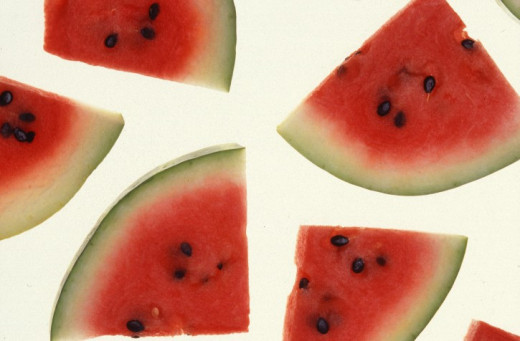
- Food Photography – An Introduction
Interested in learning about Food Photography? Read on for some introductory tips. Visit any bookshop and head for the cook book section and you’ll be overwhelmed by the array of books filled with scrumptious recipes accompanied by wonderful photogra
© 2012 Luis E Gonzalez


